Is there anything more heartwarming than watching two tiny dogs chase each other with boundless energy, their little legs moving at lightning speed? For dog lovers, this scene strikes an emotional chord—after all, our furry friends are family. But a question lingers in the minds of many pet owners: are small dogs truly better off with other small dogs? This isn’t just about playtime; it’s about happiness, safety, and well-being. Let’s take a closer look at the fascinating world of canine companionship and uncover what really makes small dogs thrive.
The Unique World of Small Dogs
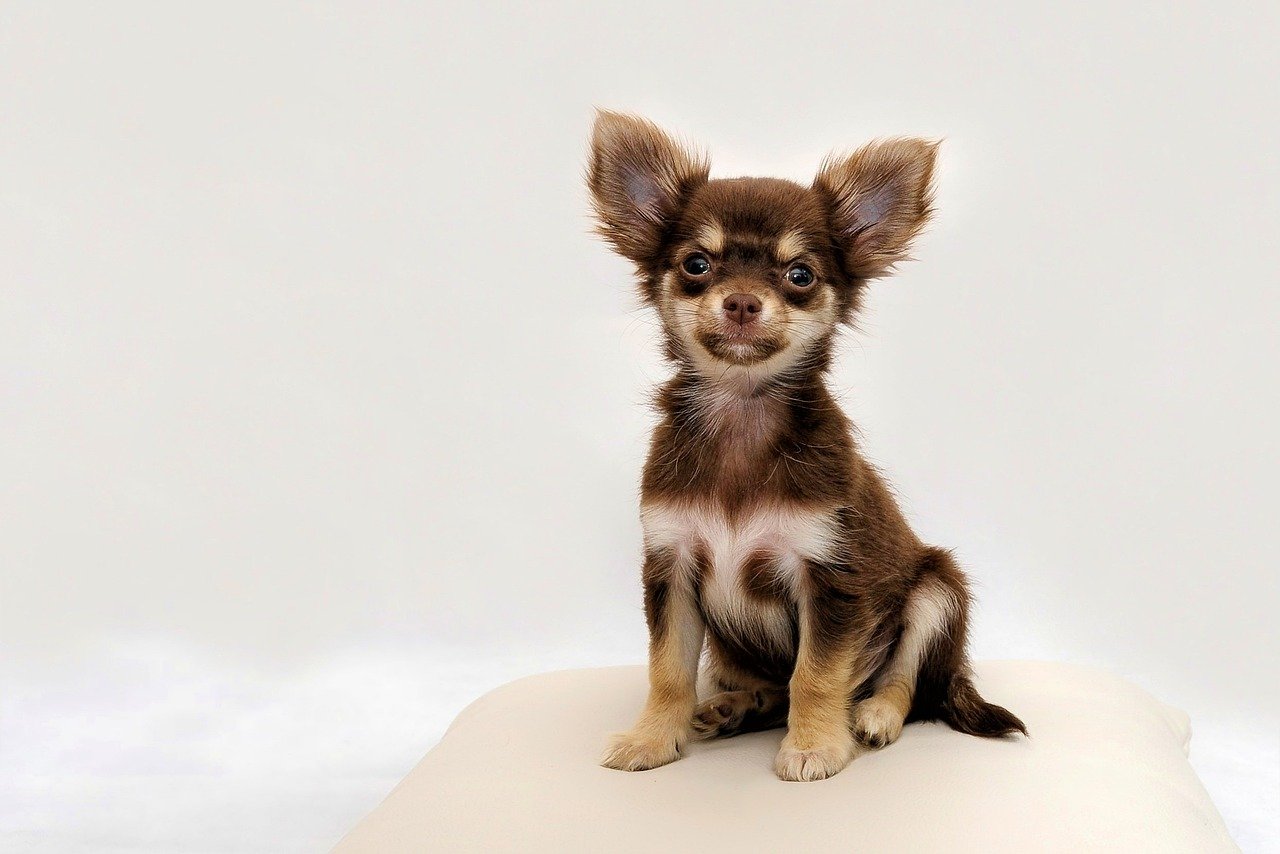
Small dogs often seem to live in a world of their own — full of quick movements, high-pitched barks, and big personalities. But when it comes to making canine friends, does size really matter? Many pet owners wonder whether small dogs are happier and safer around others their own size, rather than mixing with larger, more powerful breeds. While there’s no one-size-fits-all answer, experts point to important factors like play style, safety, and social confidence when matching dogs of different sizes.
Small dogs often captivate us with their big personalities packed into compact bodies. They tend to be energetic, curious, and sometimes a little bit feisty. Unlike their larger counterparts, small dogs often face unique challenges in the world, like being more vulnerable to injuries or feeling overwhelmed by big crowds. Their size shapes their experiences, from the way they play to how they interact with other dogs. Many small breeds were originally bred to be companions, making them particularly sensitive to the company they keep. When it comes to choosing friends, small dogs might naturally gravitate toward those who move and play at their level.
Play Styles: Size Really Does Matter
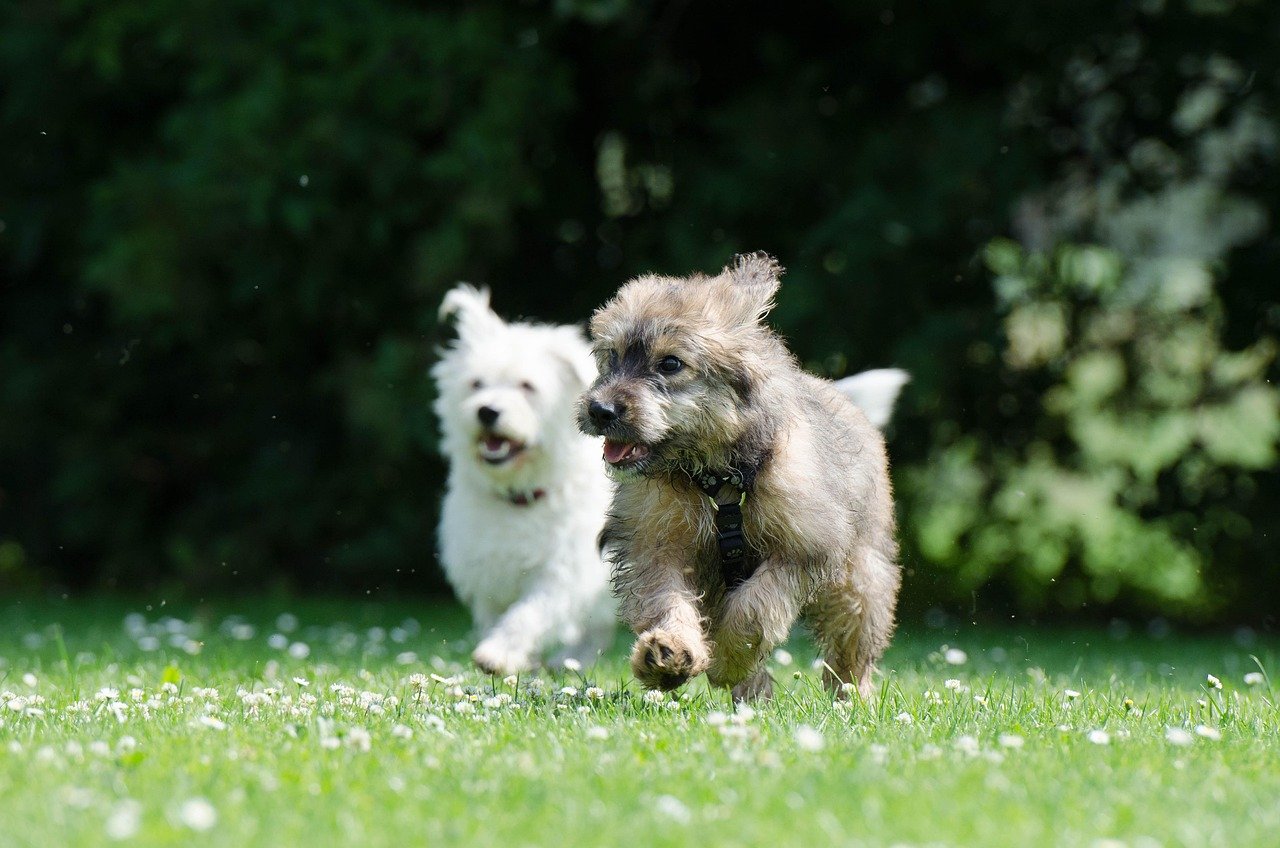
One of the biggest factors in canine companionship is play style. Small dogs often share a similar play language—quick movements, gentle wrestling, and enthusiastic chasing. When paired with another small dog, the risk of accidental injury drops, since both dogs are evenly matched. On the other hand, a playful bumble from a large dog can unintentionally hurt a tiny friend. Watching two small dogs play together can be like seeing a perfectly choreographed dance, full of joy and laughter. This sense of safety and understanding can make their interactions more fun and less stressful.
Communication and Body Language
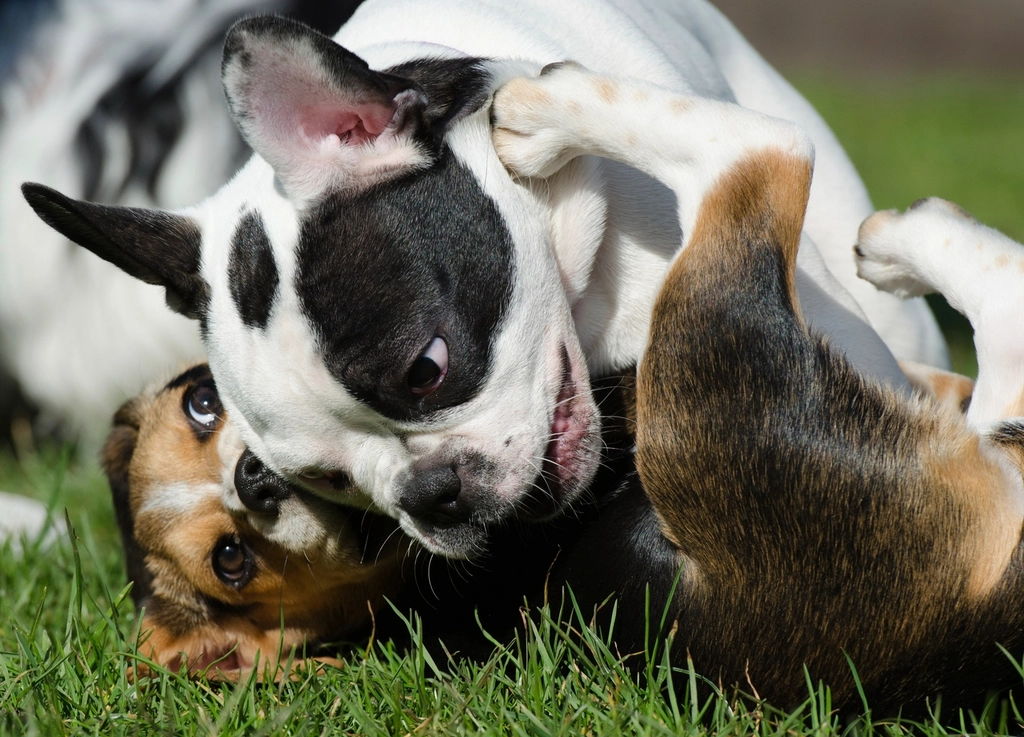
Dogs communicate a lot through body language, and sometimes big size differences can make these signals hard to read. Small dogs may feel intimidated by a larger dog’s movements, even if the big dog means no harm. Subtle cues like a wagging tail, raised paw, or playful bow are easier to interpret when both dogs are similar in size. This clarity leads to more peaceful and enjoyable interactions. When small dogs can “speak the same language,” misunderstandings are less likely, fostering smoother friendships.
Safety Concerns: Minimizing Risks
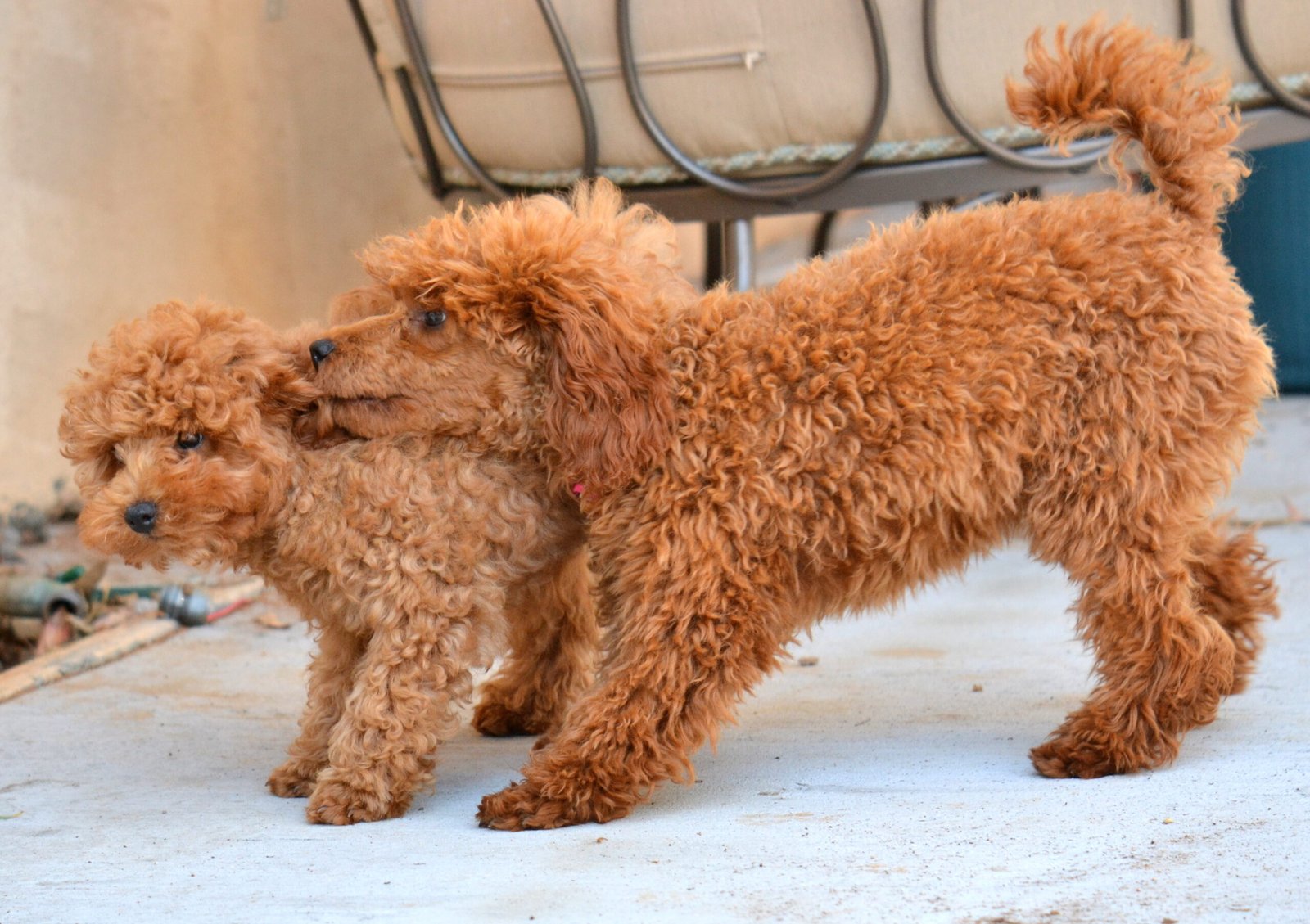
Safety is a major concern for any pet parent. Small dogs are more fragile and can easily get hurt in rough play with larger dogs, even if there’s no aggression involved. A large dog’s enthusiastic jump can accidentally knock over or injure a small dog. When small dogs play together, risks are reduced—they’re less likely to overpower one another, and their games are typically gentler. This peace of mind is a huge relief for owners who want their pets to enjoy socializing without constant worry.
Confidence and Comfort Levels
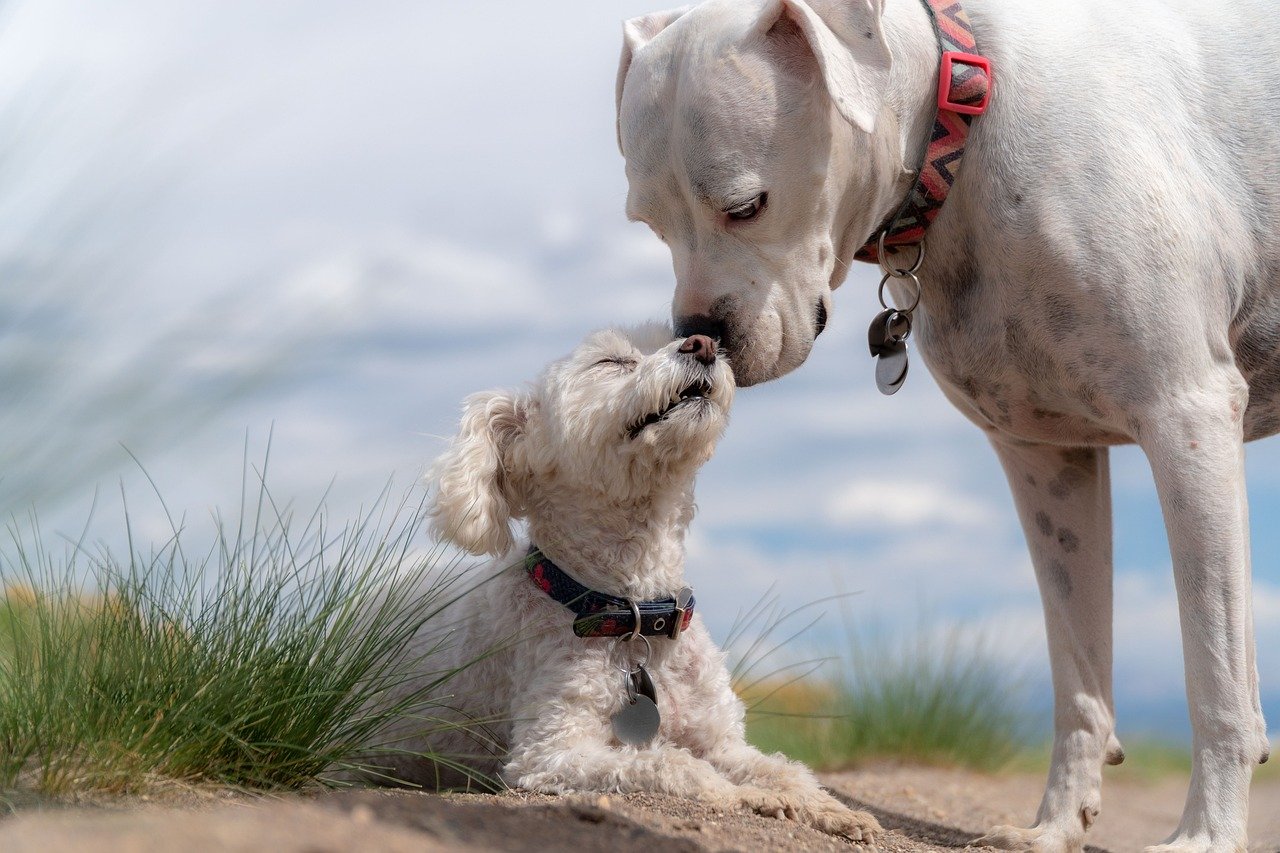
Confidence can make or break a dog’s social experience. Small dogs might feel intimidated or anxious around much larger dogs, making them less likely to engage in play or exploration. When surrounded by dogs of a similar size, many small pups blossom—they become more outgoing, playful, and relaxed. This boost in confidence can transform shy or nervous dogs into social butterflies, leading to happier, healthier lives.
Pack Dynamics: The Power of Similarity
Dogs are pack animals at heart, and they often feel more at ease with those who resemble them. In groups, small dogs tend to bond quickly with other small breeds, forming tight-knit packs. This sense of belonging is comforting, especially for dogs who may have had negative experiences with larger animals in the past. When the pack “looks like them,” small dogs often feel safer and more included, leading to better long-term relationships.
Exercise Needs: Keeping Up the Pace
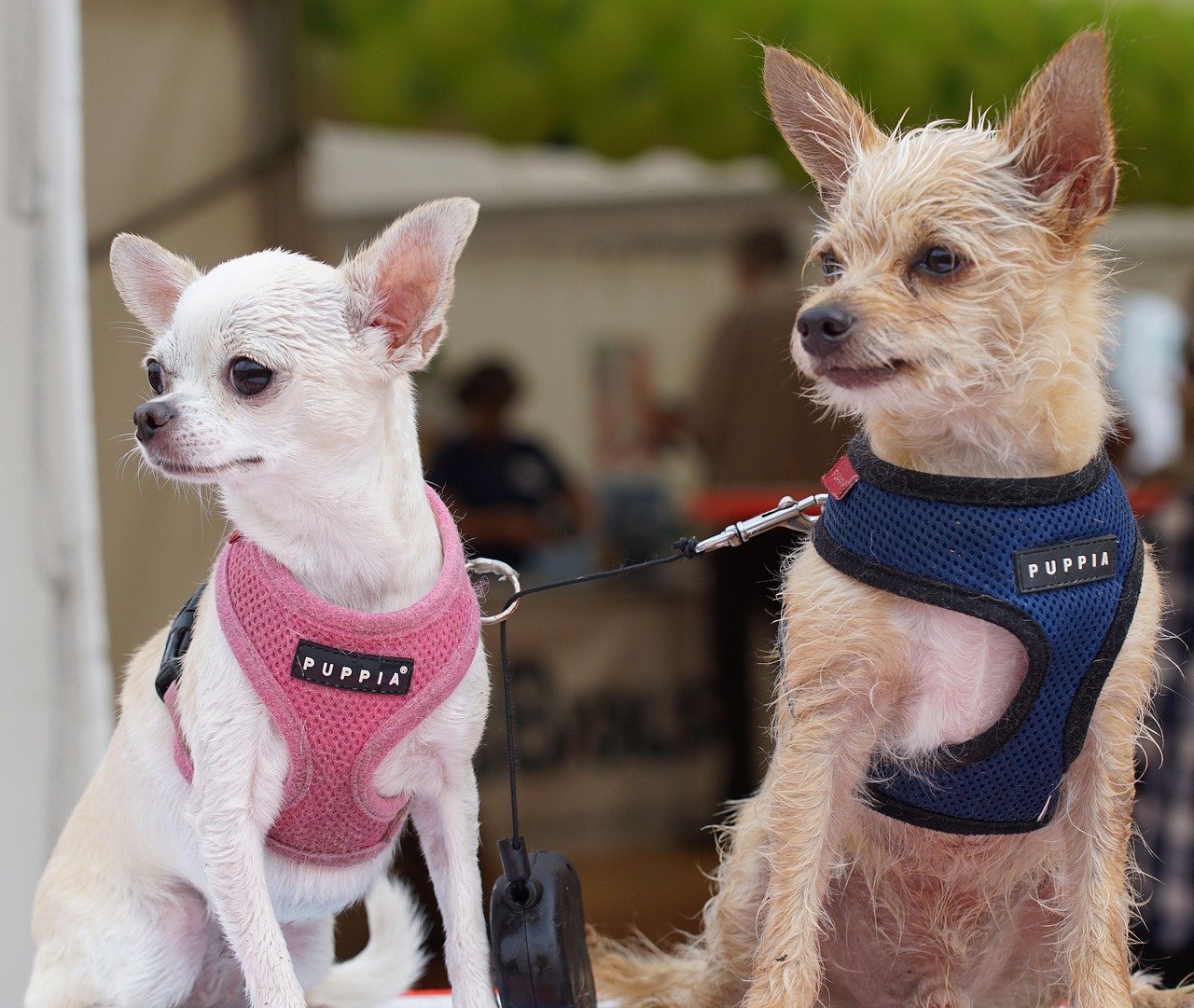
Not all dogs have the same energy levels or stamina. Small breeds often tire more quickly than their larger friends, and their play sessions are usually shorter and more intense. When small dogs play together, they’re on the same wavelength—they can chase, wrestle, and rest at the same pace. This helps prevent exhaustion and keeps playtime enjoyable for everyone involved. Matching energy levels encourages regular exercise and reduces frustration for both dogs and owners.
Feeding Time: Reducing Stress and Competition
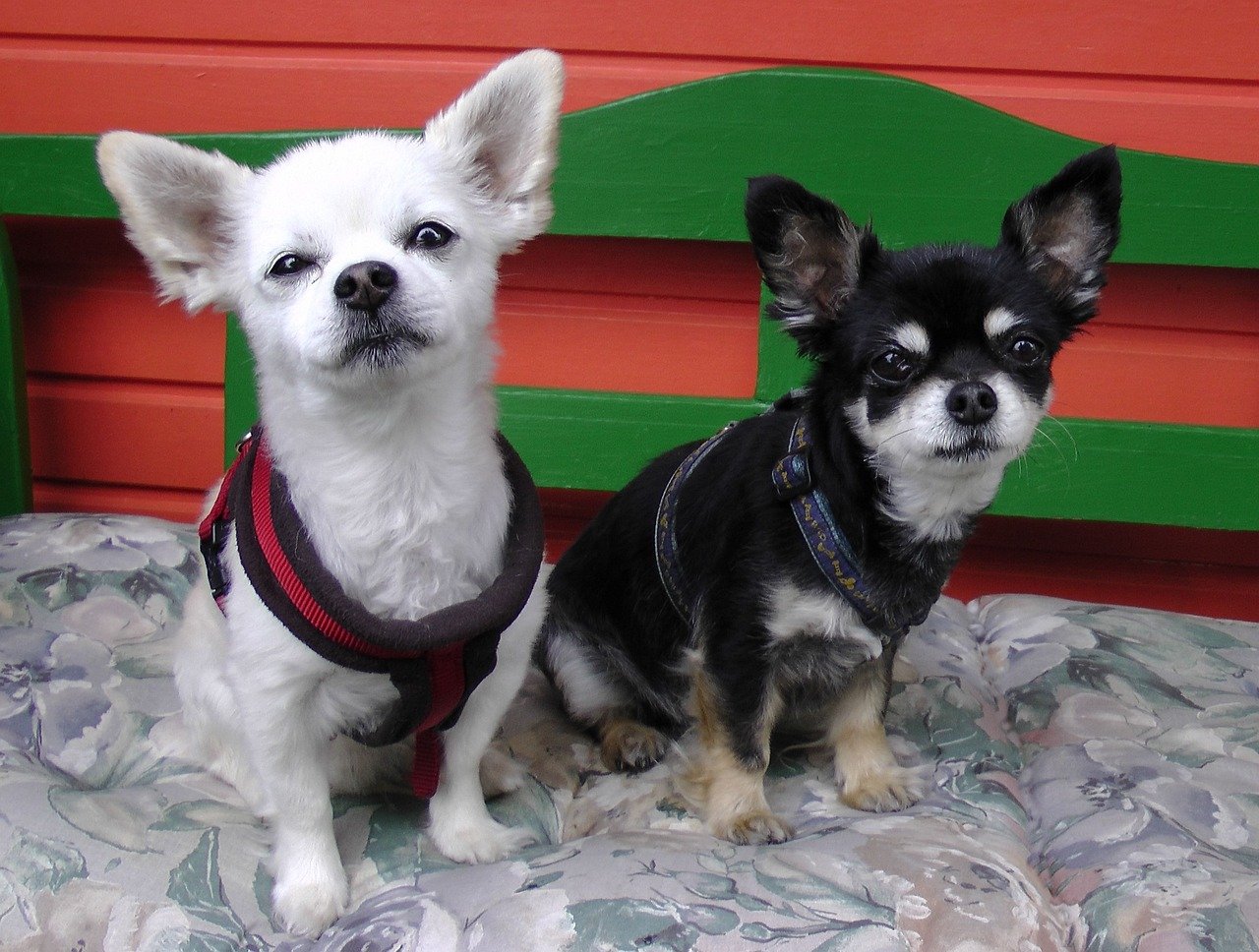
Mealtimes can be stressful in multi-dog households, especially when there’s a big size difference. Large dogs might unintentionally intimidate or outcompete small dogs for food. When small dogs eat together, there’s less risk of bullying or resource guarding. Everyone gets their fair share without feeling threatened. This simple harmony during feeding times can make a world of difference in a dog’s daily routine.
Training and Socialization

Training is another area where size matters. Small dogs often require gentler handling and tailored training methods. When grouped together, they learn from each other’s successes and mistakes. Socialization becomes a positive experience, with less risk of fear or aggression. It’s much easier to teach good manners and build trust when everyone in the group feels comfortable and safe.
Emotional Well-Being: The Importance of Friendship
Dogs are deeply emotional creatures who thrive on companionship. For small dogs, having a friend their own size can bring immense joy and comfort. These relationships provide emotional support, reduce loneliness, and even decrease stress-related behaviors. Watching two small dogs snuggle together or play chase around the living room is a reminder that friendship knows no size—but sometimes, being with someone “just like you” feels extra special.
Of course, there are always exceptions to the rule. Some small dogs form incredible bonds with much larger companions, defying expectations and melting hearts. Personality, temperament, and early socialization play huge roles in determining compatibility. With careful introductions, supervision, and a dash of patience, mixed-size friendships can flourish. Every dog is an individual, and sometimes, love knows no boundaries.

Esther is from India; the heartbeat of South Asia, holding a Master’s degree in Zoology and a postgraduate diploma in Animal Welfare. Her enthusiasm for animal welfare drives her passion and dedication to working for animals, ensuring their well-being, and advocating for their rights. With a solid academic background and hands-on experience, she is committed to making a positive impact in the field of animal welfare. In her free time, she enjoys embroidery and sewing. As a Chennaite from Tamil Nadu, Esther loves Bharathanatyam, an Indian classical dance form.





